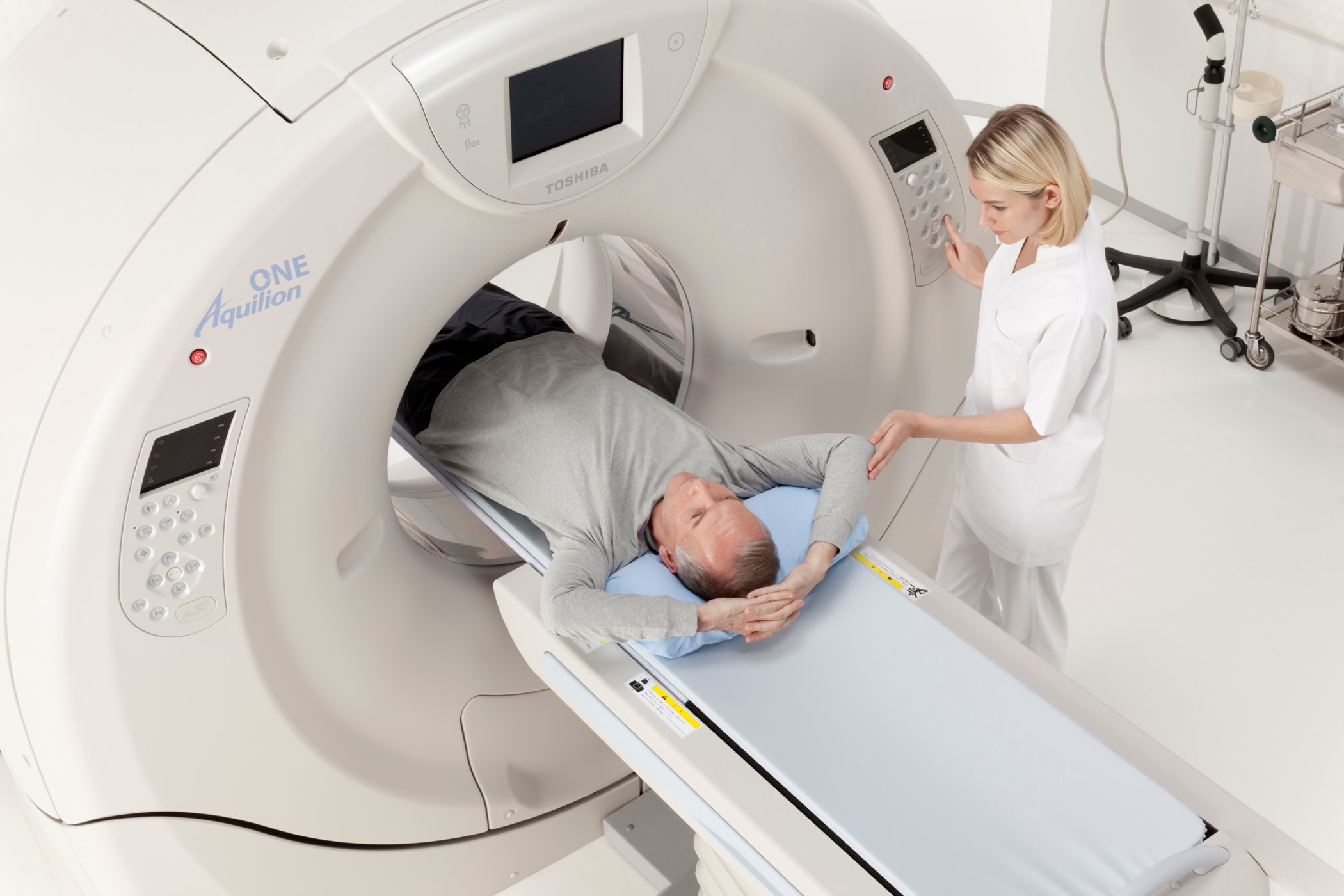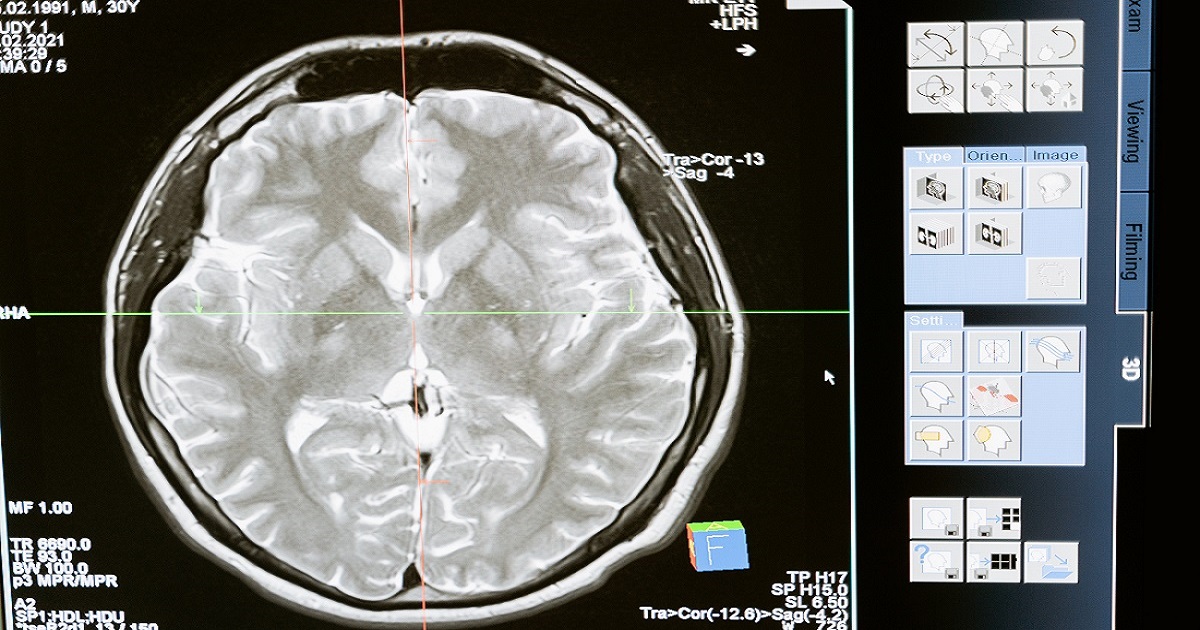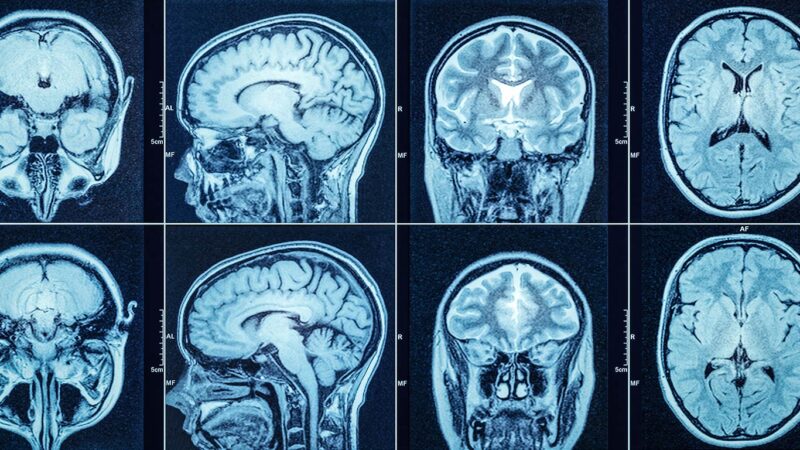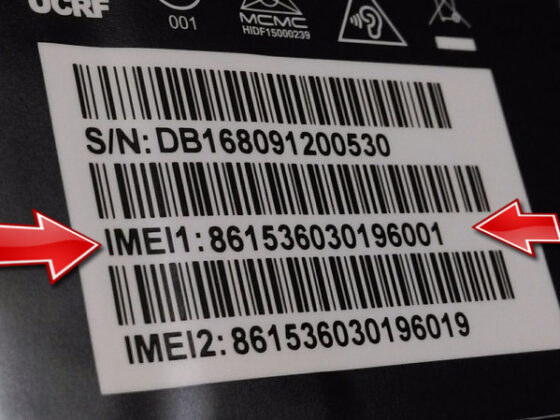Calculating CT saturation is a crucial aspect of CT imaging, yet it is prone to common mistakes that can impact the accuracy of the results. It is essential to understand these pitfalls in order to ensure that the saturation calculation is done correctly.
By identifying and addressing these errors, healthcare professionals can improve the quality and reliability of CT images, leading to better patient outcomes. In this article, we will discuss some of the most common mistakes encountered in CT saturation calculation and provide insights on how to avoid them.
Misunderstanding the concept of CT Saturation

Many individuals often struggle with the concept of CT saturation, mistakenly believing that it solely relates to reaching a maximum limit of computed tomography scans. However, the reality is that CT saturation is much more complex than just a simple numerical threshold.
It involves the careful consideration of various factors such as patient characteristics, imaging protocols, and scanner capabilities to ensure optimal image quality and diagnostic accuracy. By failing to understand the true nuances of CT saturation, healthcare providers risk compromising patient care and the overall effectiveness of imaging studies.
It is crucial for practitioners to have a thorough understanding of CT saturation to avoid common mistakes and achieve successful outcomes in clinical practice.
Incorrectly determining the CT ratio
One common mistake in CT saturation calculation is incorrectly determining the CT ratio. This error can lead to inaccurate measurements and potentially dangerous operational conditions.
It is crucial to carefully review the specifications of the current transformer and ensure that the correct ratio is used in calculations. Incorrectly assuming the CT ratio can result in miscalculations of fault currents and lead to improper coordination of protective relays.
It is important to double-check all CT specifications and calculations to avoid any costly errors or safety hazards.
Using inaccurate or outdated equipment for CT calculation

Using inaccurate or outdated equipment for CT calculation can lead to significant errors in the saturation calculation process. These inaccuracies can result in incorrect blood volume measurements, which can ultimately impact patient care and treatment decisions. It is essential for healthcare providers to ensure that they are using the latest and most accurate equipment available when performing CT calculations.
Outdated equipment may not provide the level of precision and reliability needed for accurate saturation calculations, leading to potentially dangerous consequences for patients. By prioritizing the use of modern and reliable equipment, healthcare providers can improve the accuracy of their CT saturation calculations and ultimately enhance the quality of care provided to patients.
Conclusion

In conclusion, it is essential for engineers and technicians to be aware of the common mistakes that can occur in CT Saturation Calculation. By understanding these errors and taking necessary precautions, such as properly calibrating equipment and ensuring accurate measurements, the reliability and accuracy of CT Saturation Calculation can be greatly improved.
It is crucial to remember that even small miscalculations can have a significant impact on the overall performance of power systems, so attention to detail and precision is paramount in this critical aspect of electrical engineering. By avoiding these common pitfalls, professionals can ensure the proper functioning and stability of power systems for optimal performance and safety.


